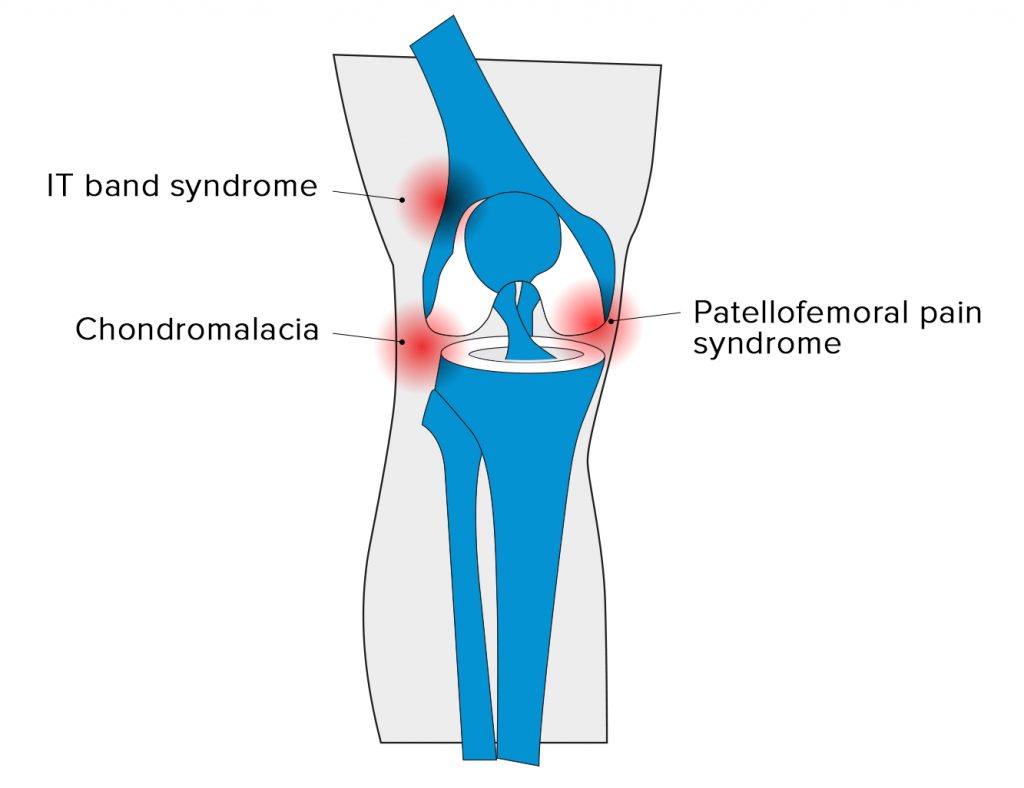
Runner’s Knee
- Overuse. Bending your knee again and again or doing a lot of high-stress exercises, like lunges and plyometrics (training that uses the way your muscles lengthen and shorten to boost their power), can irritate tissues in and around your kneecap.
- A direct hit to the knee, like from a fall or blow
- Your bones aren’t lined up (your doctor will call this misalignment). If any of the bones from your hips to your ankles are out of their correct position, including the kneecap, that can put too much pressure on certain spots. Then your kneecap won’t move smoothly through its groove, which can cause pain.
- Problems with your feet, like hyper-mobile feet (when the joints in and around them move more than they should), fallen arches (flat feet), or over-pronation (which means your foot rolls down and inward when you step). These often change the way you walk, which can lead to knee pain.
- Weak or unbalanced thigh muscles. The quadriceps, those big muscles in the front of your thigh, keep your kneecap in place when you bend or stretch the joint. If they’re weak or tight, your kneecap may not stay in the right spot.
- Chondromalacia patella, a condition in which the cartilage under your kneecap breaks down
